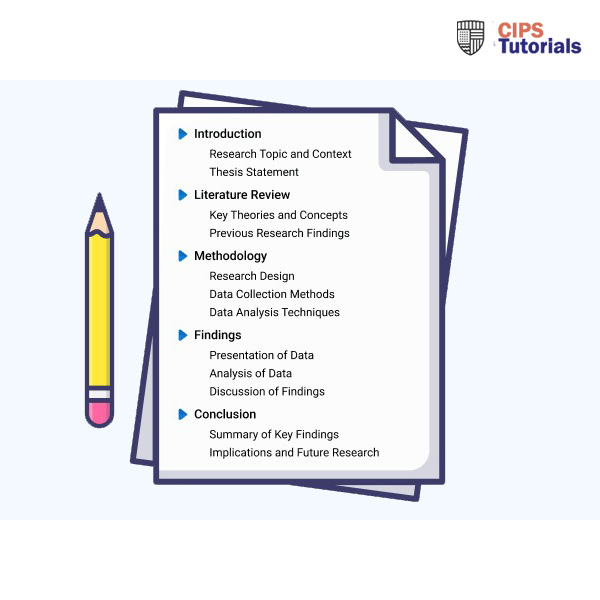-50%
Description
Related Papers
(Solution) 5CO01 Organisational performance and culture in practice Learner Assessment Brief Assessment ID / CIPD_5CO01_24_01
(Solution) CIPD Oakwood 5OS06 Leadership and management development
(Solution) CIPD Avado 5C002- Evidence-based Practice
(Solution) CIPS ADNOC Module: Global Strategic Supply Chain Management APGSS
This business report has been prepared to evaluate the global strategic approach to managing organisation supply chain. The organisation of focus is Abu Dhabi National Oil Company (ADNOC) operating in United Arab Emirates (UAE) oil and gas sector. In this highly competitive business environment, management of the supply chain is instrumental.
To achieve the intended aim of this report, the area of focus in evaluation included impact of market changes on the supply chain, sustainable global sourcing decisions, strategic logistical implications of globalisations and impact of supply chain management on corporate performance.
This has been enabled by referencing on various CIPS module notes models including SWOT, STEEPLED, Mendelow Matrix, Kraljic Matrix and Porter’s 5 Forces among others. Further, apart from the desk research available in ADNOC, secondary research has similarly been pursued.
The findings in this report evidence that market changes impact on the supply chain are influenced by the internal and external factors in the business environment.
Also, the findings indicate that sustainable global sourcing decisions impact the social, ethical and environment performance in selection of their suppliers. For ADNOC, priority is given to corporate social responsibility, responsible procurement and environment procurement. The strategical logistical implications of globalisation have been linked to inventory holdings, international logistics strategies, extending transport pipeline and multi-modal transportation.
From the findings in this business report, various gaps have been identified which can be managed through implementation of the following recommendations;
- Invest in collaboration, networking and technology for sustainable supply chain
- Improving supply chain development by providing capacity development for PS&M teams
- Holistic inclusion of stakeholders in conflicts management
- To include all tiers of supply chain for success in globalisation to manage all risks and performance challenges
(Solution) CIPS ROSHN Sourcing Essentials- PSE
- In this report, the area of focus is on different sourcing approaches which can be used in procurement and supply management (PS&M) in contemporary business environment. This is through the focus of ROSHN organisation in Design Building category of spend.
- To achieve the intended aim of this report, data has been sourced from the organisation internal documents, different CIPS modules and models (Mendelow, STEEPLE and Kraljic). The key findings include ROSHN prefeed approach being multiple sourcing owing to the high-level of market competitiveness. This is with sole and single approaches preferred when only one supplier is being engaged owing to differences in organisation needs.
- Also, the findings evidence that single sourcing prevail in an event many suppliers are available, but an organisation decides to go for one. Another finding in this report is that dual sourcing is used when different methods/options for sourcing are embraced and put in place.
- Finally, through the application of supplier appraisal tool, focusing on the Design Building spend area, an evaluation has been put into account. The result from the appraisal using Carter’s 10C’s evidence organisation success to achieve value for money outcomes and improved market development.
- Internal and external analysis to identify most appropriate sourcing strategy
- Broad sourcing appraisal strategy need to be introduced
- Focus on managing successful sourcing strategy as part of organisation policy and practices
- Involve more stakeholders as part of their operations for success in sourcing strategy
- Pursuing capacity development initiatives for PS&M understanding of relevance of different PS&M

